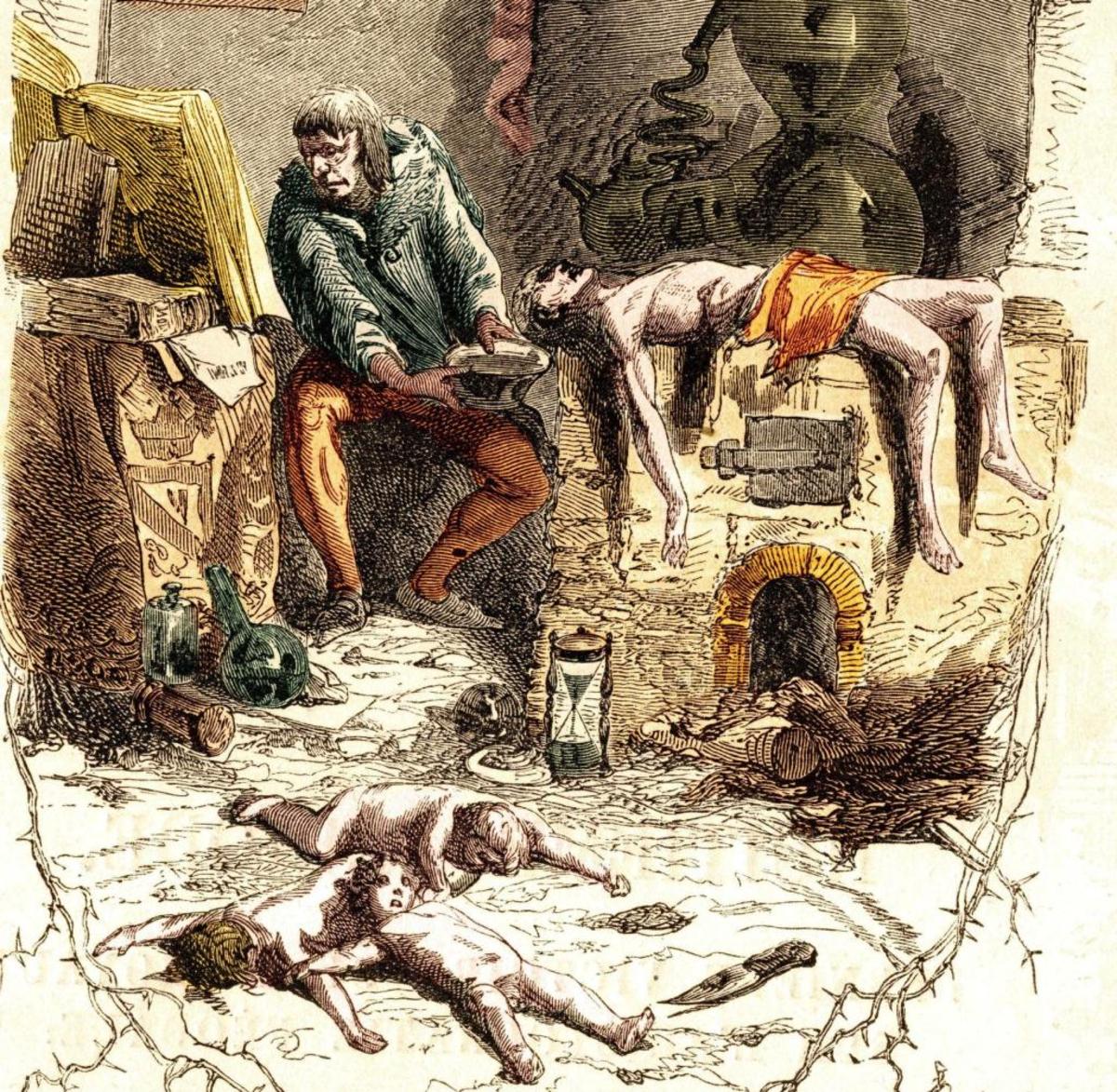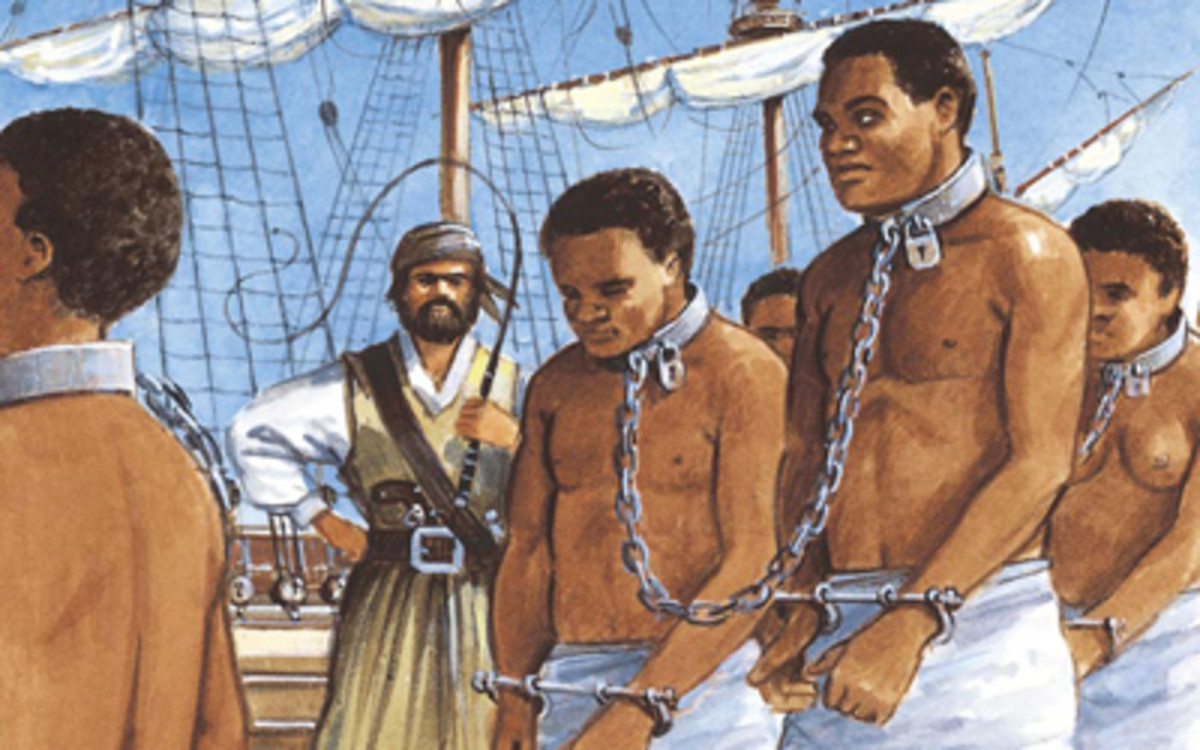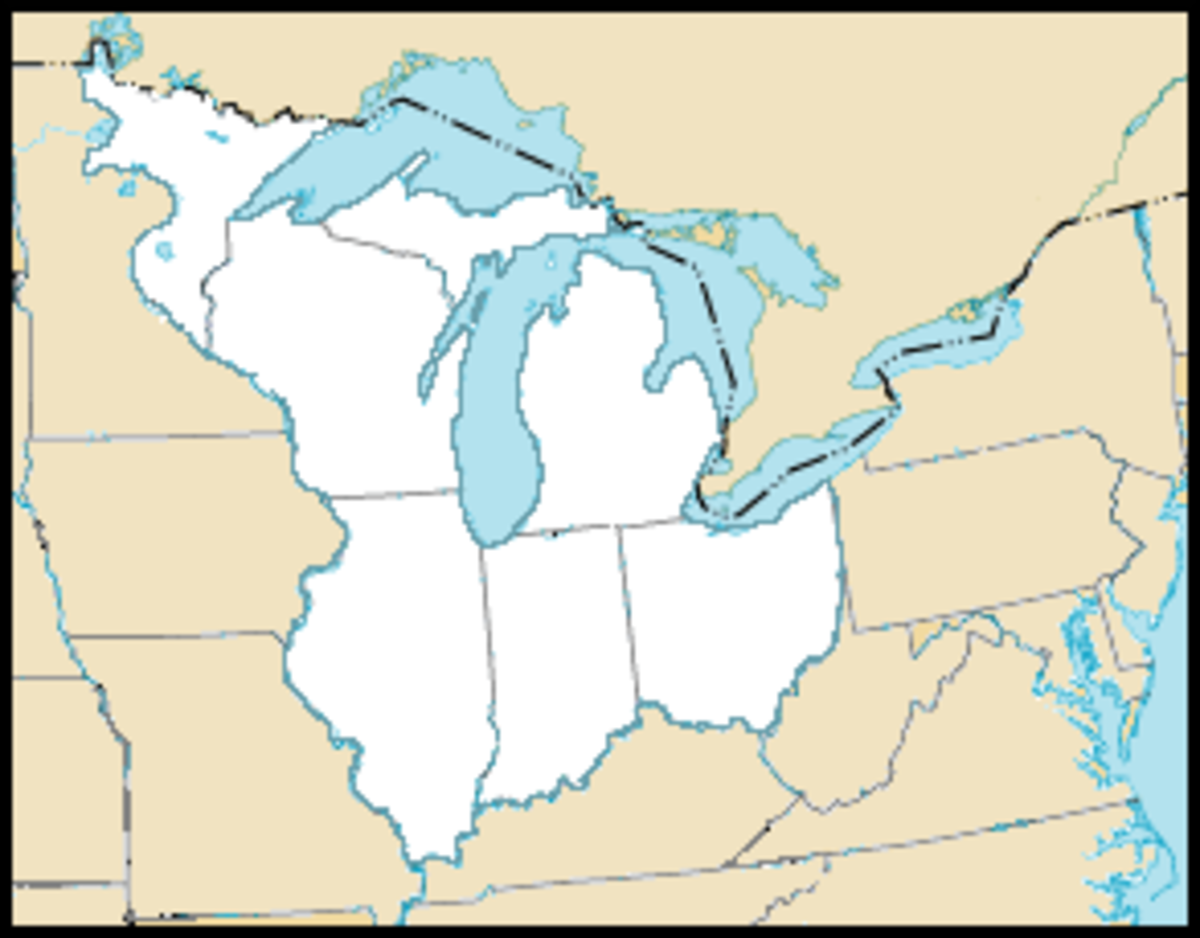- HubPages»
- Education and Science»
- History & Archaeology»
- History of the Americas»
- American History
John Brown: A Martyr or Murdering Lunatic
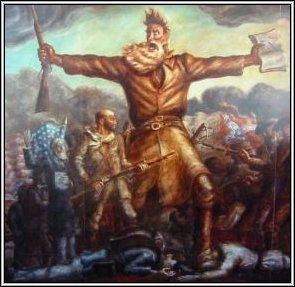
Martyr or Murderer
Some said John Brown, (May 9, 1800 – December 2, 1859) was insane, and a fanatical wannabe martyr. Others held him in awe as one of the most militant, radical opponents of slavery in 17th century America. What people thought of him perhaps depended on whether they were northern abolitionists or southern slave holders. It seemed like overnight he became a symbol that divided a nation…in fact, a legend. To slave holders he was the embodiment of evil, a fanatic liar, lunatic, and a horse thief as well. To abolitionists he represented all that was good, noble and courageous.
In defending his Calvinist beliefs, Brown survived financial hardship, death threats, betrayal, and the murder of some of his children. He was born in Torrington, Litchfield County, Connecticut and was the son of Owen Brown and Ruth Mills. Owen was a tanner and also a devout Calvinist who detested slavery. In 1805, the Brown’s moved to Hudson, Ohio. On many occasions Brown was heard to say, when he was 12 God had given him a message to liberate the slaves. Some believed he was “nuts” even then.
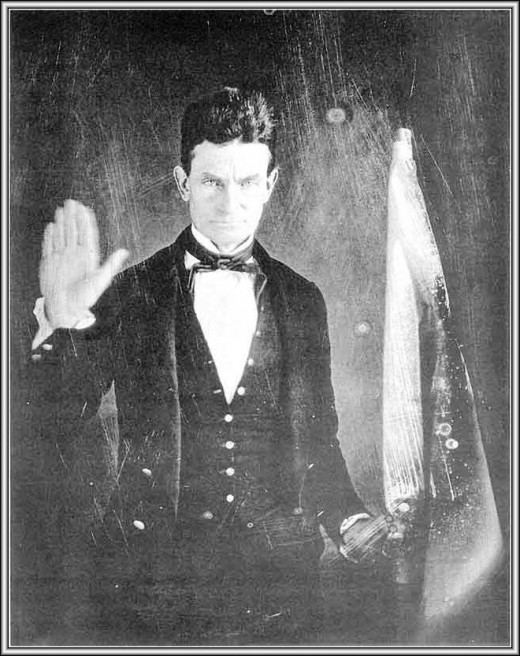
Left Home at 16
Brown left home at the age of 16, and moved to Plainfield, Massachusetts. There he enrolled in school, but not long after transferred to an academy in Litchfield,Connecticut, where his aspiration was to become a Congregationalist minister. However, due to a lack of funds and eye inflammations, he had to give up and return to Ohio. Back in Hudson, Brown opened a successful tannery of his own.
On June 21, 1820, Brown married Dianthe Lusk. John Jr., was born 13 months later. In 1825, the Brown’s moved to New Richmond, Pennsylvania and purchased 200 acres of land, built a cabin, barn, and tannery. Within a year, Brown had hired 15 tanners, and also made money raising cattle and surveying.
In 1831, one of his sons died and perhaps because of that he became ill and his businesses began to fail, leaving him with huge debts. If that wasn’t enough, His wife died shortly afterwards. The next year he remarried to 16 year old Mary Ann Day. In all they had 13 children, not counting the seven he already had, making 20. Nine died before they reached adulthood.
It was in 1836 when the Brown one again uprooted his family and moved to Franklin Mills, Ohio. Determined to start over, he borrowed money to buy land. Unfortunately, the timing couldn’t have been worse as the economic panic of 1837 struck, once again wiping him out financially. It was during this time he stood up in a church and declared “Here, before God, in the presence of these witnesses, I consecrate my life to the destruction of slavery.” Though Brown desperately, tried everything to pay off his debts, he was declared bankrupt in 1842. Adding heartbreak to his financial woes four of his children died of dysentery not long after.
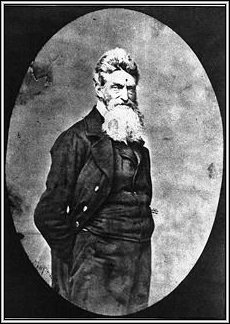
Lack of Business Experience
Two years later Brown partnered with Simon Perkins of Akron, Ohio, managing the wool magnate's interests. In 1846, the pair established a wool commission operation in Springfield, Massachusetts, making it necessary for Brown to move there. However, with Brown's lack of business experience and other factors the operations began to suffer. In a last ditch effort attempts were made to build alliances with European manufacturers and Brown was sent abroad. But before departing for Europe, Brown’s family moved to North Elba, New York. Despite promising discussions with European agents in New York City, business fared badly in Europe and England. The firm closed.
The Browns lived on a rented farm in North Elba from 1849-1851, amidst the ever growing anger boiling up all over the north. They returned to Akron, where they remained until 1855. The dark cloud that hovered over John Brown was still trailing him. He and his wife fell ill and another son died of whooping cough.
After that, Brown decided it was time to do something about the abhorrent ticking time bomb called slavery. In March, 1855 over 5,000 heavily armed Border Ruffians rode into Kansas, seized the polling places and passing laws that that suited their fancy. The situation was now to the point anyone who spoke against slavery faced a prison sentence, or worse. One minister was publicly whipped for speaking out against it. It wasn’t until Brown led a company of volunteers into Kansas and directed the Pottawatomie massacre late on the night of May 23, 1856 that the national spotlight fell upon him.
Hapless Victims
It’s believed Brown himself banged on the cabin door of one James Doyle and ordered the three occupants outside at gun point. The three were set upon by Brown’s men with broadswords. The hapless victims had their heads split open and arms chopped off. Brown shot James in the head although he was already dead. The party proceeded to another two cabins, killing two more men. When it was over bodies lay in the bushes or floated in the creek. Then the band of ruffians ransacked the settler’s homes making off with horses, saddles and a bowie knife. The incident ignited an all out war in Kansas.
After the slaughter, Brown went into hiding. However, two of his sons were arrested, although neither had taken part in the attack. During their captivity, they were beaten and forced to march more than 20 miles a day while bound with ropes or chains. One son remained psychologically scarred the rest of his life.
In August, over three hundred Missourian Border Ruffians attacked Osawatomie, defended only by Brown and a band of 30 men. The town was torched. Two days later Brown rode into Lawrence and was greeted by a crowd of cheering spectators. One man was heard to say “It’s like the president has come to town.”
In 1859 Brown led a raid on the federal armory at Harpers Ferry, West Virginia, planning to arm slaves and stir up a rebellion. There was no resistance. After cutting the telegraph wires and capturing the armory, hostages were rounded up from nearby farms. Local slaves soon got the word liberation was near. Things were going smoothly until they got side tracked by an eastbound Baltimore & Ohio train rolling into town. The baggage master, Hayward Shepherd, tried to warn the passengers. Brown's men hollered for him to halt and then opened fire killing him. Ironically, Shepherd was a free black man. For some unknown reason, perhaps because of Shepherd, the train was allowed to continue on.
In the meantime, locals and militia kept some of Brown’s men pinned down in the armory. But Brown’s army still had control of all stores and the arsenal, therefore the town’s defenders couldn’t get arms or ammunition. Around noon, a militia company seized the bridge, their only escape route. Brown sent his son Watson and another man out under a white flag of truce, but they were immediately shot and killed. Shooting recommenced, and Brown's son Oliver was wounded. A few minutes later he died.
By the next morning a company of United States Marines, under the command of Army Lt. Colonel Robert E. Lee, surrounded the armory. Under a white flag they were told their lives would be spared if they surrendered. Brown refused saying "No, I prefer to die here." The signal was given to storm the building. Amid the chaos, a Lieutenant cornered Brown and thrust at him with a sword. He probably would have died then had the blade not struck his metal belt buckle. However, the thrust was strong enough to make him buckle over at which time his attacker struck him several more times, wounding his head as well as administering a number of deep cuts. Five of Brown's men escaped, seven more were later captured along with Brown.
Although the attack had taken place on federal property, Brown and his men were tried in Virginia. The trial began October 27th with Brown being charged with murdering four whites and a black, conspiring with slaves to rebel, and treason against Virginia.
In light of the upcoming elections in November 1860, Republicans tried to distance themselves from Brown, condemning his actions and painting him as an insane fanatic. Many in the north, however, viewed Brown as a martyr who had been sacrificed for the sins of the nation. His trial, and execution by hanging, caused a national sensation. Many noted abolitionists compared his execution to the crucifixion of Jesus. Both Union and Confederates agreed it was a major factor in triggering the Civil War.
Following the Civil War, Frederick Douglass wrote, "Did John Brown fail? John Brown began the war that ended American slavery and made this a free Republic. His zeal in the cause of my race was far greater than mine. I could live for the slave, but he could die for him." Even today, 200 years after his birth, extremists still commit murder in his name. As for Brown's desire to be a martyr...he apparently got his wish.
He is interred at John Brown’s Farm in North Elba, New York, south of Lake Placid, New York.


